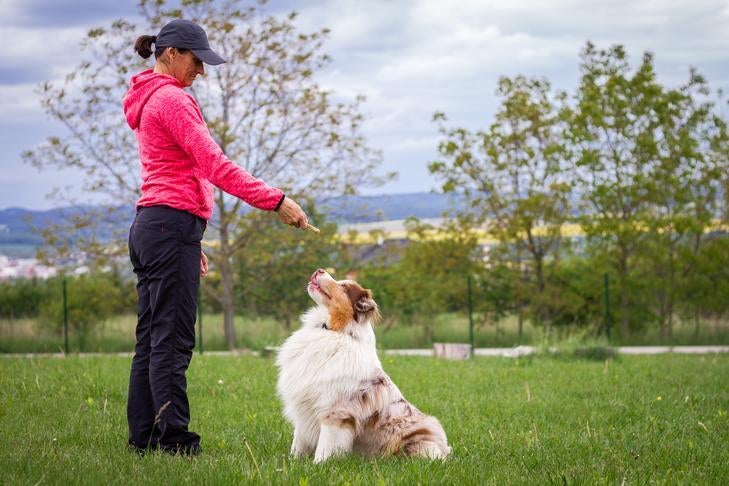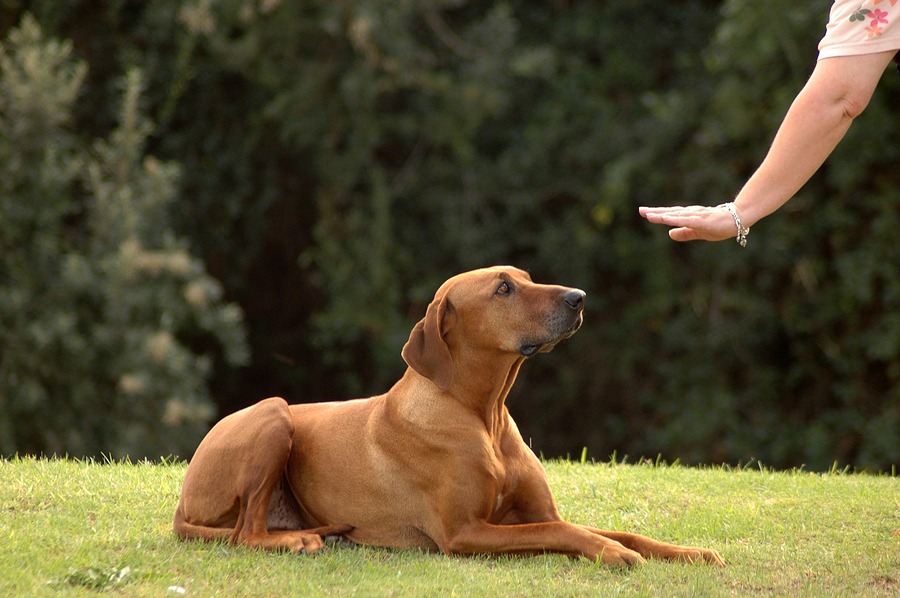Newbie's Guide to Effective Dog Training in your home
Successfully training a dog at home needs a nuanced understanding of canine actions and effective communication approaches. Developing clear training objectives, making use of high-quality benefits, and preserving consistency throughout family participants are crucial aspects. Incorporating training right into everyday routines can improve both involvement and retention.
Understanding Canine Actions
Comprehending dog habits is necessary for reliable training and cultivating a harmonious relationship in between people and their canine friends. Pet dogs interact mainly through body language, articulations, and faces, making it critical for proprietors to interpret these signals accurately. Recognizing behaviors such as tail wagging, grumbling, or shrinking can provide understandings right into a pet's mood and objectives.

Usual behavioral issues, such as aggressiveness, stress and anxiety, or too much barking, frequently stem from misconceptions or unmet needs. Observing and dealing with these concerns quickly can prevent escalation and guarantee a favorable training experience. By fostering a deep understanding of pet habits, proprietors can tailor their training techniques to fit their canine companions, eventually bring about a mannerly and contented animal.
Necessary Training Devices
A fully equipped training space can substantially boost the efficiency of dog training in your home. Necessary training devices make certain that both the trainer and the pet can take part in productive sessions that promote learning and bonding.

Spending in a sturdy chain and a comfortable, well-fitting collar or harness is vital for safety and control. These devices aid develop boundaries and ensure the dog stays protected throughout training. Furthermore, a marked training location, devoid of disturbances, aids focus for both the dog and the fitness instructor.
Training help such as training pads, cones, or dexterity devices can additionally improve the experience by introducing range and obstacles. Lastly, having a notebook or electronic app for tracking development can be very useful, enabling you to keep in mind successes and areas for enhancement. Utilizing these vital devices will create a favorable training atmosphere and lay the structure for effective knowing.
Creating an Educating Routine
Developing a constant training routine is important for efficient pet dog training in your home. A well-structured routine not just aids in reinforcing preferred habits but also supplies your dog with a feeling of security and predictability. To create a reliable training routine, start by determining particular training objectives, such as fundamental commands, leash walking, or house-breaking.
Select a marked time daily for training sessions, ideally when your pet is responsive and sharp. Sessions should be short, approximately 5 to 15 minutes, to maintain company website focus and protect against tiredness. Uniformity in timing and setting will enhance your canine's discovering experience.
Integrate training into daily activities to strengthen abilities. For instance, practice commands throughout strolls or nourishment, which incorporates discovering into natural regimens. Furthermore, continue to be adaptable and change the routine as required, fitting your canine's power degrees and mood.
Positive Reinforcement Methods
Positive reinforcement strategies are basic to efficient pet dog training, advertising preferred habits through benefits instead of punishment. This approach utilizes favorable stimulations, such as treats, praise, or play, to encourage pet dogs to duplicate particular actions. The foundation of this method is timing; rewards ought to be provided promptly adhering to the wanted behavior to create a clear organization.
When applying favorable support, it is vital to select incentives that are motivating for your pet dog. High-value treats, such as little items of poultry or cheese, can be particularly reliable throughout training sessions. Furthermore, differing the rewards can preserve your pet's rate of interest and interest.
Beginning with easy commands, like "sit" or "remain," and slowly progress to a lot more complex tasks. Uniformity is essential; make certain that all family participants make use of the exact same commands and incentive systems to avoid complication.
Moreover, it is crucial to remain client and stay clear of aggravation. Canines, like humans, find out at their very own speed. By cultivating a supportive training atmosphere via positive support, you can enhance your pet's discovering experience while enhancing the bond in between you and your furry friend, laying the groundwork for successful training results.
Usual Training Challenges
While training a pet dog in the house can be a rewarding experience, it frequently features a set of common obstacles that can evaluate both patience and uniformity. One widespread problem is distraction. Pet dogs might come to be easily sidetracked by sounds, movements, or perhaps aromas in their environment, making it tough to maintain their focus throughout training sessions.
One more difficulty is variance in commands and reinforcement. sites If member of the family use different hints or rewards, it can impede and puzzle the pet dog progression. Developing a unified strategy is essential for effective interaction.
In addition, canines can experience aggravation or tension, especially if they do not understand what is anticipated of them. This can cause undesirable behaviors, such as barking or eating.
Finally, the timing of support is important (Dog training). Delayed rewards can lessen the efficiency of positive support, as pet dogs may fail to link the actions with the benefit
Conquering these obstacles needs dedication, clear interaction, and a structured training strategy. Recognizing and resolving these typical obstacles will certainly pave the means for an extra delightful and effective training experience in your home.
Conclusion
In conclusion, effective pet training find out here now in your home necessitates a detailed understanding of canine behavior and reliable interaction methods. By developing clear training goals and using high-quality deals with alongside positive support, the training procedure comes to be much more fulfilling for both the dog and the instructor. Perseverance, uniformity, and adaptability are essential elements that promote learning. Ultimately, integrating training right into day-to-day regimens boosts the bond between pet and owner, making the experience both delightful and effective.
Developing a constant training regimen is important for reliable dog training at home.Positive support strategies are basic to reliable canine training, advertising desired actions with incentives rather than punishment (Dog training). By promoting a supportive training setting via favorable support, you can improve your canine's knowing experience while enhancing the bond between you and your furry buddy, laying the foundation for effective training results
In final thought, successful pet training at home demands a detailed understanding of canine habits and reliable interaction techniques. By developing clear training objectives and using premium treats together with positive support, the training procedure ends up being a lot more satisfying for both the instructor and the pet dog.
Comments on “How Dog Training Builds Trust and Confidence in Your Dog”